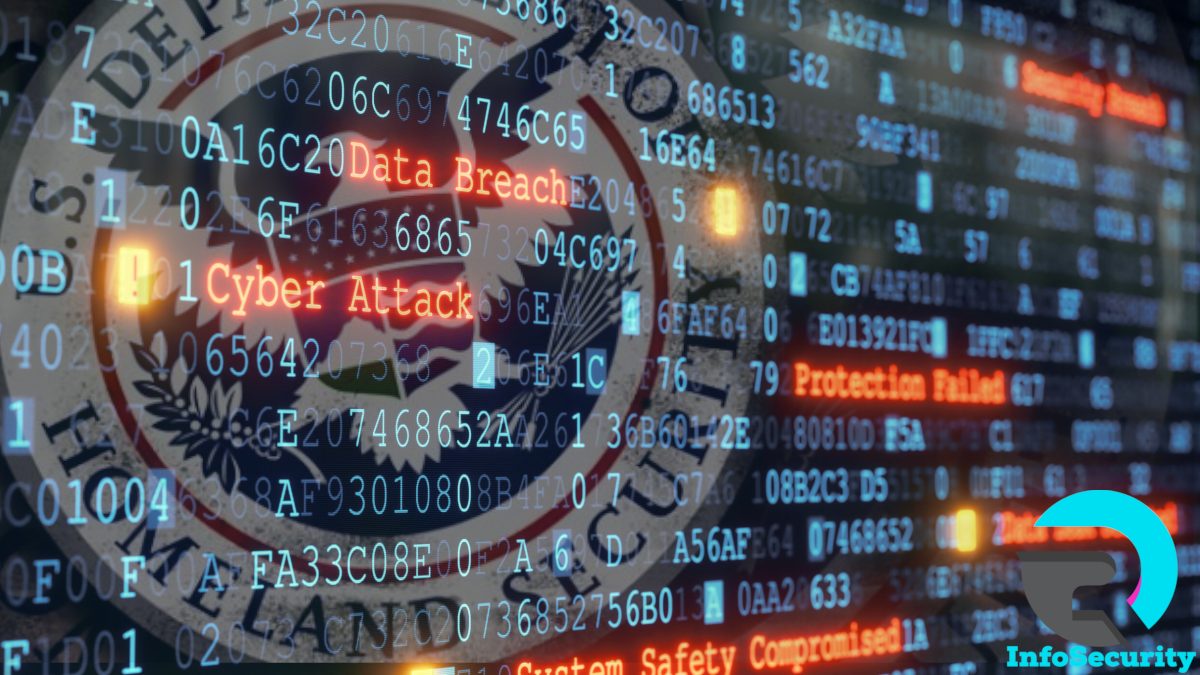In a recent cyber attack that has raised concerns among intelligence officials and researchers around the world, a hacking group known as “Volt Typhoon” exploited a vulnerability in a popular cybersecurity suite to target the US Navy and critical infrastructure in the United States and Guam. While the hackers’ primary objective appears to be surveillance rather than disruption, the implications of the attack are significant, especially considering Guam’s strategic importance to the US military in the event of a potential conflict with China over Taiwan. This comprehensive article delves into the details of the cyber attack, its implications, and the response from relevant authorities.
The Attack and Its Significance
Volt Typhoon, a Chinese-backed nation-state hacking group, orchestrated the cyber attack that targeted key sectors such as critical communications, maritime infrastructure, and transportation systems. The Chinese Foreign Ministry and state-controlled press have dismissed the allegations as “disinformation.” However, Microsoft and intelligence agencies have identified the group’s activities, highlighting the severity of the attack.
These actions underscore the escalating cyber threats faced by nations across the globe. Such attacks aren’t only an immediate risk to the integrity and confidentiality of sensitive information, but also have potential long-term consequences. In this case, the targeting of the US Navy and key infrastructure systems indicates the possibility of geopolitical motives, bringing into focus the broader implications for international relations and stability. The dismissal of the allegations by Chinese authorities further complicates the matter, adding an element of uncertainty and increasing the need for robust cybersecurity measures.
The Living Off The Land Technique
The hackers utilized an intricate method called “living off the land,” harnessing built-in network administration tools within the infiltrated systems to accomplish their goals while evading detection. Employing compromised small office/home office (SOHO) network devices as intermediary infrastructure, they effectively veiled their actions. Furthermore, they made use of tools like Earthworm and a custom Fast Reverse Proxy (FRP) client with hardcoded command and control (C2) callbacks to certain ports. The primary intent of the hackers was to extract information from local drives, potentially aiming to exfiltrate delicate files such as ntds.dit and the SYSTEM registry hive from Windows domain controllers for password cracking.
Implications and Concerns
The CISA and other intelligence bodies issued an advisory providing an overview of the strategies and tactics implemented by the hackers. This intelligence can aid network defenders in recognizing similar activities in the future. The targeted sectors, including critical communications and Guam’s infrastructure, present substantial risks due to the possible effects on national security. In light of the geopolitical strains around Taiwan, the assault on Guam sounds a warning bell about China’s intentions and brings attention to the vulnerability of crucial US military bases and their digital infrastructure.
What and How
The infiltrators appear to have gathered data about local drives using the Windows Management Instrumentation Command Line (WMIC) and may have attempted to exfiltrate the ntds.dit file and the SYSTEM registry hive from Windows domain controllers for password cracking. The ntds.dit file is a crucial Active Directory (AD) database file containing user information, group data, group memberships, and password hashes for all users in the domain. Simultaneously, the SYSTEM registry hive contains the boot key used to encrypt information in the ntds.dit file.
Regrettably, due to the nature of these attacks and the measures taken by the hackers to blend in with standard network activity, it’s challenging to provide a thorough explanation of how they gained initial access to the systems. The available information mainly focuses on their actions once they had infiltrated the network. However, it’s evident that they exploited a blend of cybersecurity software vulnerabilities, compromised network devices, and built-in system tools to execute their activities. The U.S. Navy and the intelligence community are still investigating and addressing these complex cyber attacks.
Response and Recommendations
The cyber incursion elicited a response from the Cybersecurity and Infrastructure Security Agency (CISA) and other intelligence bodies. They released an advisory offering detection guidelines and best practices to identify and counteract such activities. Network defenders are urged to establish robust multi-factor authentication, security keys, and authenticators to bolster protection. Regular password expiration rules and minimizing attack surfaces also form crucial steps to strengthen cybersecurity defenses.
A Few Last Words
The cyber attack conducted by the Chinese hacking group underlines the emerging threats nations encounter in the digital era. The infringement of US Navy systems and critical infrastructure, especially in this instance, underlines the potential fallout of such assaults. The adoption of advanced techniques like “living off the land” calls for constant alertness and proactive steps to reinforce cybersecurity defenses. Although the response from authorities and the distribution of advisory information are pivotal measures, ongoing cooperation, research, and investment in cybersecurity are vital to protecting national security interests in an increasingly interconnected world.
Suggest an edit to this article
Check out our new Discord Cyber Awareness Server. Stay informed with CVE Alerts, Cybersecurity News & More!
Remember, CyberSecurity Starts With You!
- Globally, 30,000 websites are hacked daily.
- 64% of companies worldwide have experienced at least one form of a cyber attack.
- There were 20M breached records in March 2021.
- In 2020, ransomware cases grew by 150%.
- Email is responsible for around 94% of all malware.
- Every 39 seconds, there is a new attack somewhere on the web.
- An average of around 24,000 malicious mobile apps are blocked daily on the internet.




